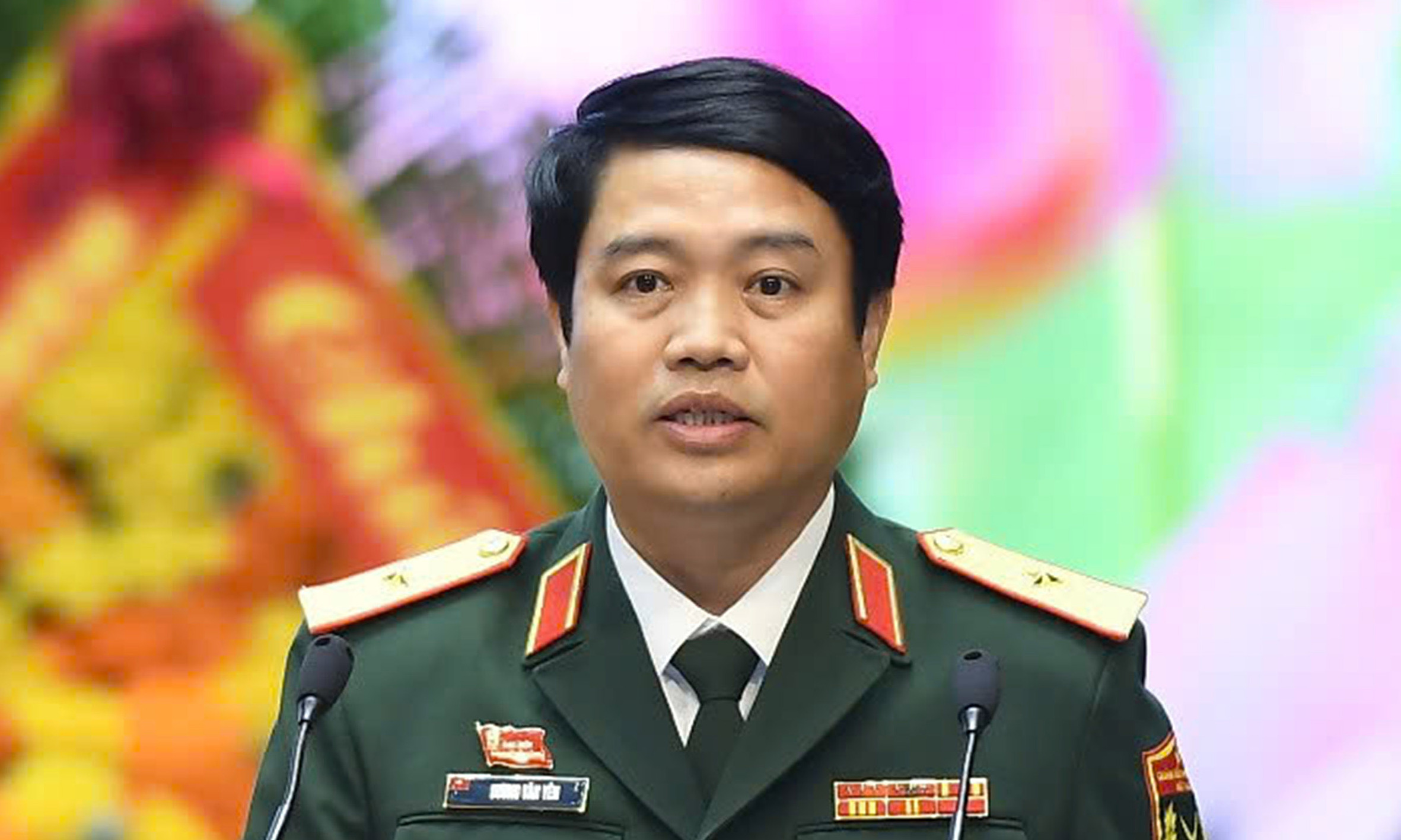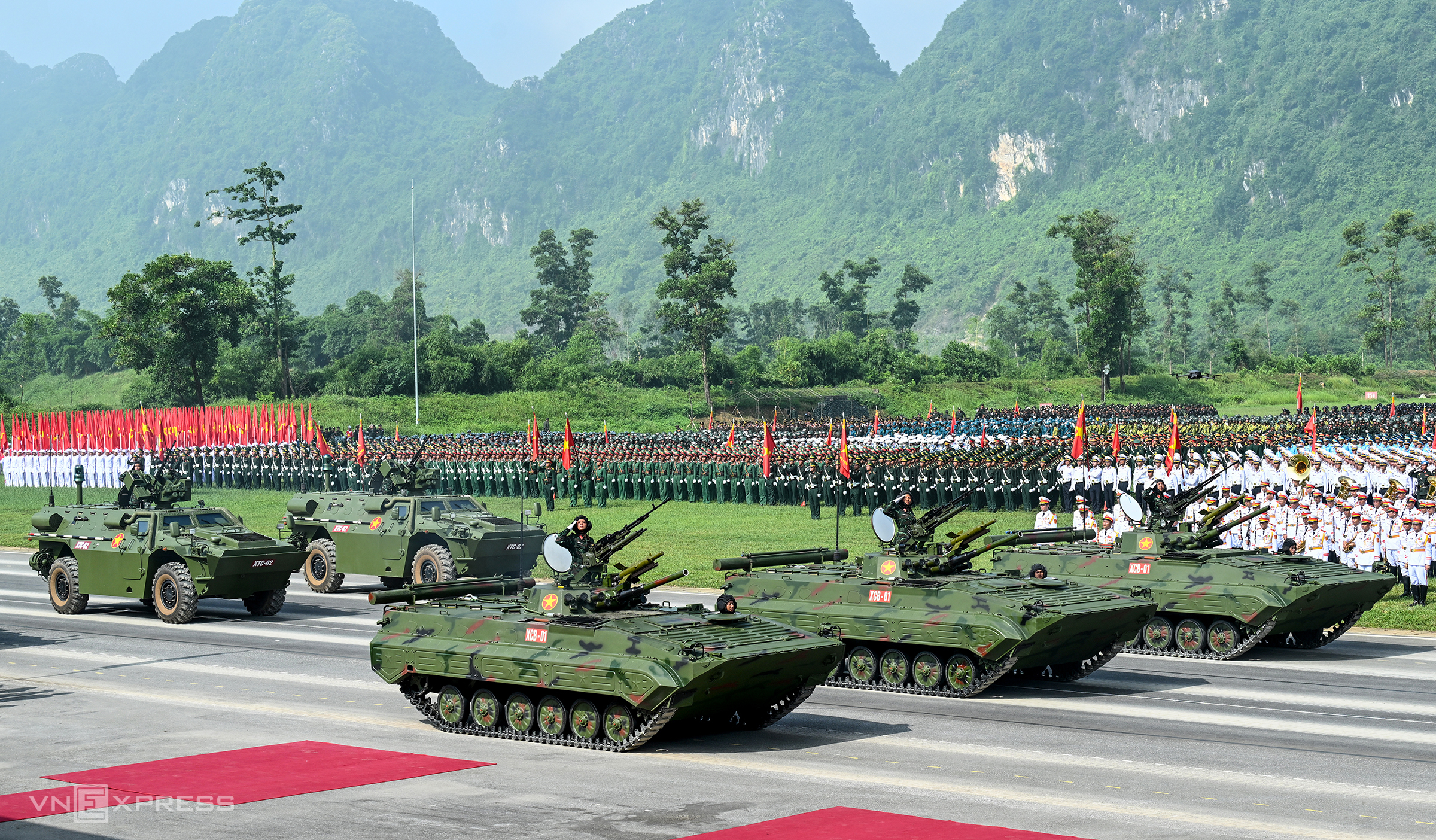At the All-Army Emulation Congress on 24/9, Lieutenant Colonel Le Thi Hang, director of the C4 Center at the Viettel Aerospace Institute, shared the journey of researching core technologies for Vietnam's missile industry. She explained that missile production is a highly classified and specialized field with strict security protocols, making access difficult. However, mastery of this technology significantly enhances a nation's military strength and combat readiness.
Lieutenant Colonel Hang and her team of engineers faced seemingly insurmountable challenges. In addition to the research pressures, she balanced family responsibilities, raising two young children while pursuing scientific endeavors. She questioned her ability to continue but persevered, asking herself, "If I step back, who will step forward? If I give up, who will take on this challenge?" This determination drove the team's unwavering pursuit of their goal.
In 2016, she was tasked with developing a medium-range anti-ship missile. The seeker, likened to the "eyes" of the missile, is its most complex component and crucial for its effectiveness. The newly formed project team consisted of only 7 members with limited resources. None had prior experience in missile technology, comprehensive documentation was lacking, testing infrastructure was inadequate, and international partners were uncooperative.
Initially, the team's limited understanding of seeker technology posed a significant risk of failure, wasted resources, and an inability to fulfill their military assignment. Lieutenant Colonel Hang and her team tackled two problems simultaneously: understanding the operating principles and structure of seekers, and developing testing procedures that accurately reflected real-world conditions to evaluate product effectiveness.
The engineers employed reverse engineering and simulated combat scenarios, creating hundreds of scenarios and numerous test versions to refine the product. They also constructed their own test range, using boats and helicopters to carry seekers close to targets instead of launching actual missiles. This innovative approach saved time and hundreds of billions of Vietnamese dong (VND).
The journey was filled with unforgettable moments. One engineer experienced a nosebleed from exhaustion in the middle of the night, pausing only to staunch the bleeding with tissue before resuming work. Another, suffering from seasickness, would wake up to operate the computer, only to collapse back onto the ship's deck. Despite concerns about flight safety during aircraft testing, the team's persistence and acceptance of numerous flights under stringent technical requirements proved crucial.
Working with limited resources while developing dip brazing technology for the seeker, Hang's team employed creative engineering solutions, utilizing improvised tools and simple equipment modified on-site under strict safety and professional supervision.
In 2020, the product passed the Ministry of National Defense's acceptance test, marking the first success in the research and development of medium-range subsonic anti-ship missiles for the Vietnamese military. "This achievement demonstrates the ability of our engineers to master high technology in the field of seekers – a component that even many developed countries struggle with," Lieutenant Colonel Hang stated, adding that the product's quality is comparable to foreign models, saving defense budget, ensuring weapons supply, and enhancing the military's independent combat capabilities.
Following this initial success, the team was assigned a larger task with a tight deadline. The Covid-19 pandemic compounded the challenge, causing staff shortages, supply chain disruptions, and hindering research collaboration. Despite these obstacles, they successfully developed seeker models for several new missile types with extended range and improved accuracy.
Lieutenant Colonel Hang noted that countries typically require at least 10 years to develop a missile line. Within 8 years, her unit completed three seeker product lines and an altimeter radar for anti-ship missiles, while also establishing a research infrastructure to support the development of more advanced products.
At 40, the female Hero of the People's Armed Forces views these achievements as just the beginning. She emphasizes that each research outcome is not only a collective effort but also a tribute to previous generations and an affirmation of the military's responsibility to defend the nation.
 |
Major General Duong Van Yen, Deputy Director of the General Department of Defense Industry at the 11th All-Army Emulation Congress, 24/9. Photo: Hoang Phong |
Mastering weaponry
Major General Duong Van Yen, Deputy Director of the General Department of Defense Industry, described the unit's weapons research journey as overcoming "thousands of obstacles" to achieve breakthroughs. From primarily replicating existing designs, the unit has transitioned to creating new products without templates, moving from independent products to integrating high-tech systems.
He acknowledged that Vietnam's mastery of core technologies remains limited. The country faces a shortage of leading experts, and many engineers must decipher products without access to transferred technical documentation. Global military conflicts and embargoes make sourcing specialized materials extremely difficult.
Despite these challenges, the unit proactively proposed new manufacturing projects, including the XCT-02 armored personnel carrier and the XCB-01 infantry fighting vehicle. These products were showcased at international defense exhibitions and participated in the A80 parade.
According to Major General Yen, since 2020, over 80% of the unit's research products have entered production. Ninety types of new weapons and equipment have been assigned for "0" series production (trial production to finalize processes before mass production), and 141 other types have been assigned for large-scale production and repair.
Among these, numerous infantry and other military branch weapons have been successfully researched and produced, including infantry fighting vehicles, armored personnel carriers, self-propelled artillery, naval guns, reconnaissance and combat drones, low-altitude air defense missiles, and warheads for medium-range anti-ship missiles. Some high-tech weapons, mastered by only a few countries, have also been completed, such as new-generation anti-tank weapons capable of destroying tanks equipped with explosive reactive armor and active protection systems, and a new-generation machine gun after years of stalled progress due to partners withholding design documents.
These achievements have positioned Vietnam among the nations capable of independently researching, designing, producing, and repairing most types of infantry weapons and equipment, while gradually mastering the design, manufacturing, and modernization of weapons for other military branches," Major General Yen emphasized.
 |
XCB-01 infantry fighting vehicle of the Armored Force, developed by engineers and scientists from the General Department of Defense Industry, participating in the combined exercise at Mieu Mon before A80, 7/2025. Photo: Giang Huy |
Hoang Phuong












